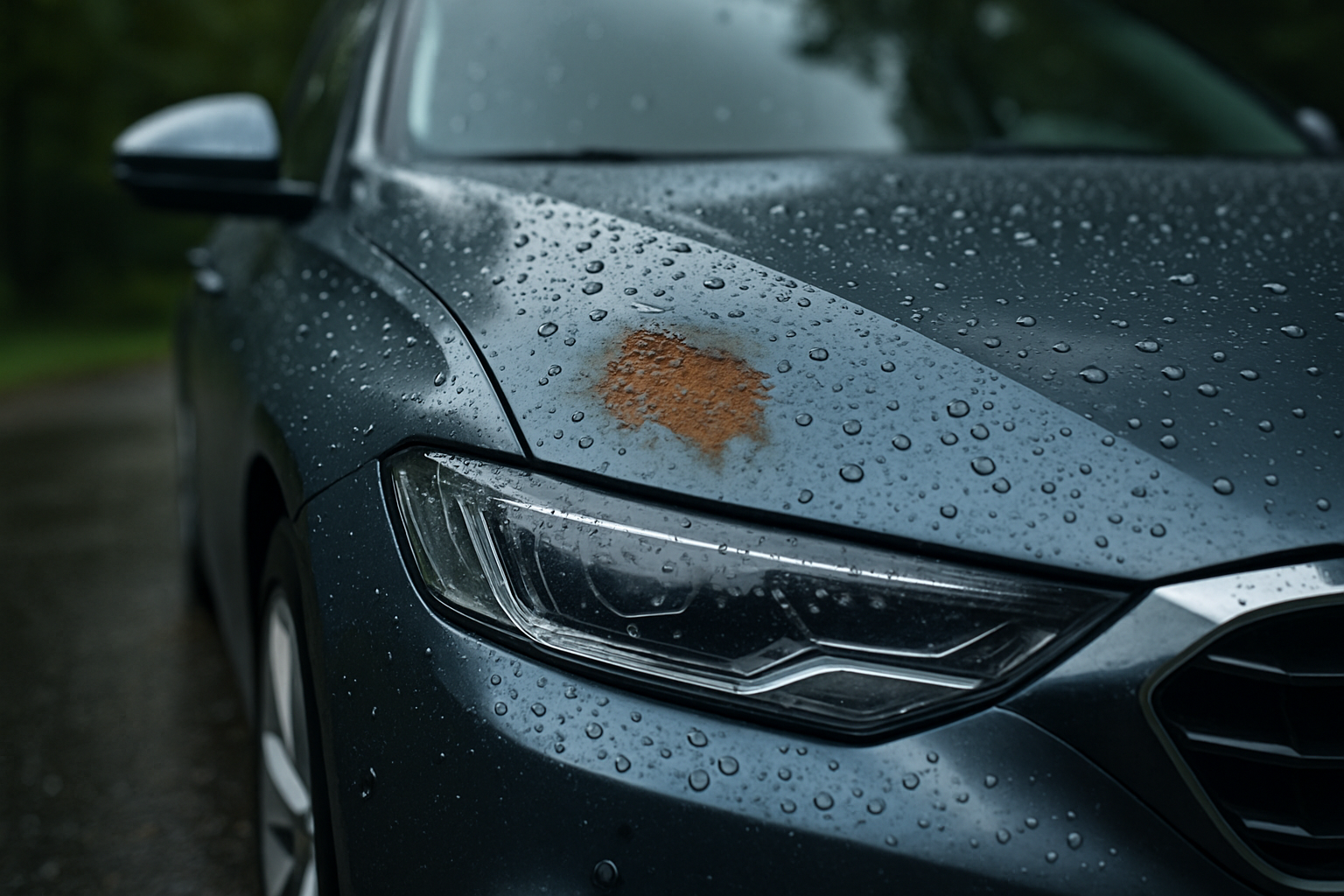Hydrophobic Coatings: The Future of Car Protection
In the ever-evolving world of automotive care, a groundbreaking technology is making waves. Hydrophobic coatings, once confined to industrial applications, are now revolutionizing how we protect and maintain our vehicles. This innovative solution promises to keep cars cleaner, safer, and more resilient against the elements. But what exactly are hydrophobic coatings, and how are they transforming the automotive landscape? Let's dive into the science, benefits, and potential future of this game-changing technology.

At the molecular level, hydrophobic coatings typically consist of fluoropolymers or silicones that have extremely low surface energy. This low surface energy makes it difficult for water molecules to form bonds with the coated surface, resulting in the beading effect we observe. The coating’s structure often mimics natural hydrophobic surfaces found in nature, such as lotus leaves or butterfly wings.
From Industrial Use to Automotive Applications
While hydrophobic coatings have been used in industrial settings for years, their application in the automotive industry is relatively new. Initially developed for use in electronics and aerospace, these coatings have found a perfect home in the world of cars, where protection against the elements is paramount.
The transition to automotive use began with windshields and side mirrors, where improved visibility in rainy conditions was the primary goal. However, as the technology advanced, manufacturers and aftermarket suppliers began to explore broader applications across the entire vehicle exterior.
Benefits for Vehicle Owners
The advantages of hydrophobic coatings for car owners are numerous and significant. First and foremost, these coatings provide superior protection against water damage, reducing the risk of rust and corrosion. This is particularly beneficial for vehicles in coastal areas or regions with harsh winters where road salt can wreak havoc on a car’s body.
Maintenance becomes significantly easier with hydrophobic coatings. Dirt, grime, and other contaminants have a harder time adhering to the treated surfaces, making washing and cleaning a breeze. Many car owners report that a simple rinse with water is often enough to keep their vehicles looking clean for extended periods.
Safety is another crucial benefit. By causing water to bead and roll off quickly, these coatings improve visibility during rainy conditions, particularly on windshields and side mirrors. This can significantly enhance driver safety in inclement weather.
Application and Durability
The application process for hydrophobic coatings has become increasingly user-friendly, allowing both professionals and DIY enthusiasts to protect their vehicles. While professional application often yields the best results, many manufacturers now offer consumer-grade products that can be applied at home.
The durability of these coatings has also improved dramatically. Early versions might last only a few months, but modern formulations can provide protection for years with proper care. Some high-end coatings even come with warranties lasting up to five years or more.
Environmental Impact and Sustainability
As the automotive industry moves towards more sustainable practices, the environmental impact of hydrophobic coatings has come under scrutiny. Traditional coatings often contained harmful chemicals, raising concerns about their long-term effects on the environment.
In response, many manufacturers have developed eco-friendly alternatives. These new formulations maintain the same hydrophobic properties while minimizing environmental impact. Some companies are even exploring bio-based hydrophobic coatings derived from plant materials, offering a truly sustainable solution for vehicle protection.
The Future of Hydrophobic Technology in Automotive
The potential for hydrophobic coatings in the automotive industry extends far beyond their current applications. Researchers are exploring ways to integrate these coatings directly into the manufacturing process, potentially creating cars that come off the assembly line with built-in hydrophobic properties.
Another exciting area of development is the combination of hydrophobic coatings with other protective technologies. For example, some companies are working on coatings that are both hydrophobic and resistant to UV radiation, offering comprehensive protection against multiple environmental factors.
The integration of smart technology with hydrophobic coatings is also on the horizon. Imagine a coating that could adjust its properties based on environmental conditions or even self-heal when damaged. While still in the early stages, such advancements could revolutionize vehicle protection and maintenance.
Challenges and Limitations
Despite their numerous benefits, hydrophobic coatings are not without challenges. Cost remains a significant factor, especially for high-end, long-lasting coatings. The application process, while improved, still requires careful preparation and execution to achieve optimal results.
Durability in extreme conditions is another area of ongoing research. While modern coatings are much more resilient than their predecessors, they can still degrade over time, especially when exposed to harsh chemicals or abrasive cleaning methods.
As the technology continues to evolve, addressing these limitations will be crucial for widespread adoption across all segments of the automotive market.




